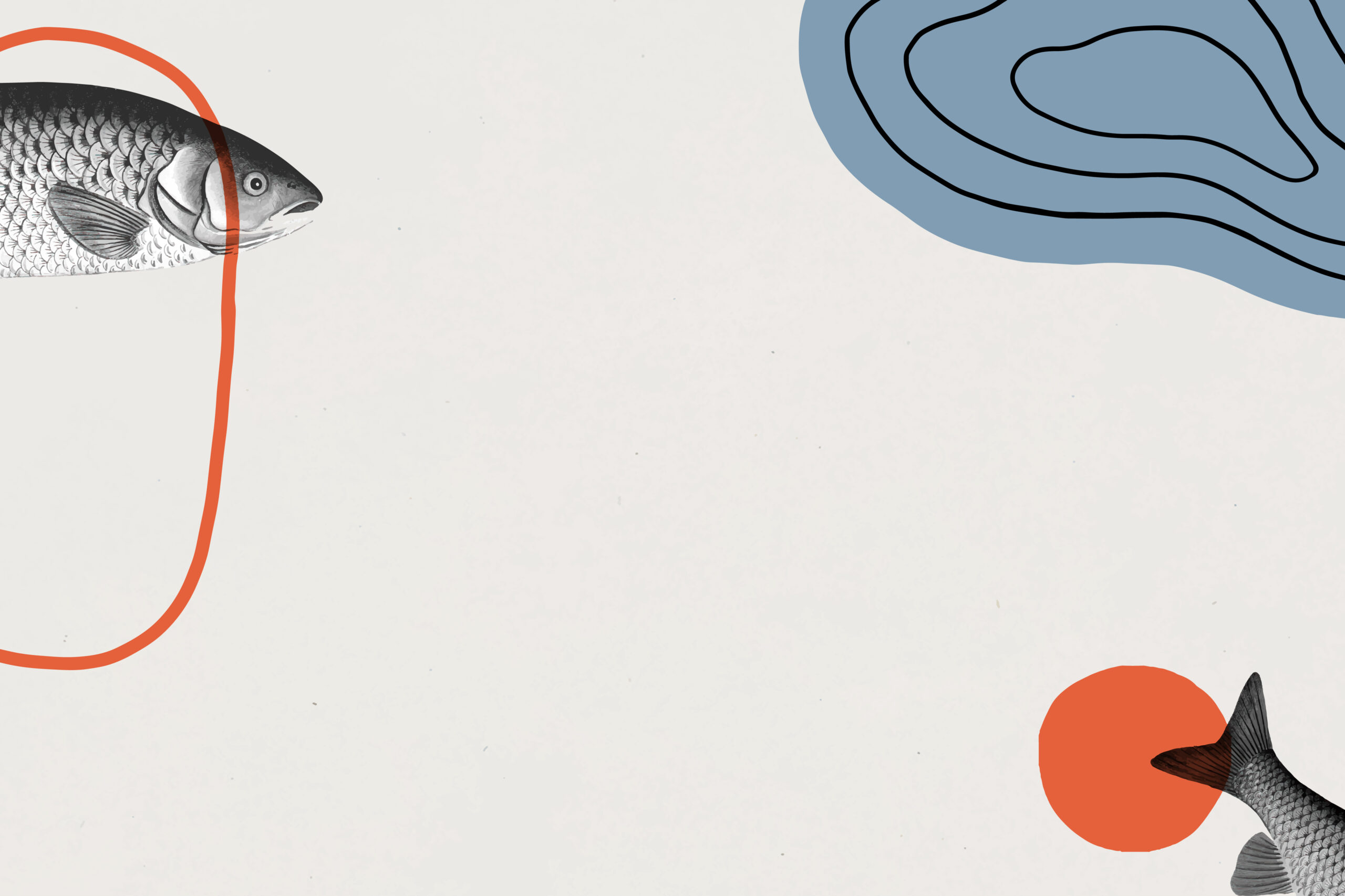Each year, the child population in the United States grows more diverse. For me, this means it’s important to reflect on the perspectives we bring to our work on an ongoing basis.
In January, I jumped at the opportunity to learn more about myself through a professional development cohort led by Vani Tangella, owner of Prema Embodied LLC, and funded through the Buell Early Childhood Leadership Network. I completed two assessments, the Intercultural Conflict Style Inventory (ICS) and the Intercultural Development Inventory (IDI), to identify opportunities for self-growth and reduce the potential to unintentionally cause harm.
This journey, while uncomfortable at times, spurred reflection, learning, and action. As you read about my experiences, I encourage you to engage with these tools yourself. If the following words make you uncomfortable, I invite you to sit in that discomfort and ask yourself why you feel the way you do.
“I invite you not to run away from the pain but to allow it to break your heart open.” – Layla Saad, Me and White Supremacy
A Fish Out of Water: Understanding My Results of the Intercultural Development Inventory Assessment
A fish is only as clean as the water it lives in. But what if the fish doesn’t realize it is in water? What if the water itself was designed to keep the fish unaware of its environment?
The purpose of taking the ICS and IDI assessments was to learn more about how I approach conflict and adapt my behavior to cultural differences and commonalities. I also participated in trauma-informed coaching sessions and received a customized professional development plan to support my learning.
The IDI measures intercultural competence, defined as the capability to shift perspective and adapt behavior to cultural differences and commonalities along a continuum. My results revealed a “Minimization Orientation,” which falls halfway between a monocultural mindset and an intercultural mindset on the continuum. Per the IDI, “Minimization Orientation” reflects a tendency to focus on commonalities across diverse communities that may mask deeper recognition of differences. Some of the characteristics of this mindset include:
- Avoids stereotyping and biased behavior by treating each person as an individual.
- Recognizes the essential humanity of every person and tries to act in a tolerant way.
- May not be fully aware of how one’s ideas and behaviors are culturally grounded.
- Tends to assume people from other cultures are “like us” and applies one’s cultural views to other cultures in ways that minimize the importance of cultural differences.
While all these characteristics resonated with me, the most impactful was: “May not fully be aware of how one’s ideas and behaviors are culturally grounded.” According to the IDI, my approach “highlights the commonalities that mask equal recognition of cultural differences due to less cultural self-awareness, which is commonly experienced among dominant group members within a cultural community.” In other words, because I belong to the dominant cultural group, I tend to highlight our shared humanity. But, so much so, that I may miss the nuances of cultural differences that influence interactions and perspectives across diverse populations.
I was the fish who did not recognize it was surrounded by water. This prompted me to ask myself, “What is my culture?” This question was followed by more uncomfortable questions, such as “As a white person, do I have a culture to claim? Is white culture not a patchwork of other cultures, pieced together by colonialism?” Then, I thought, “If there is a white culture, is it white supremacy culture, and if so, is that my culture?”
This assessment opened a window of understanding into a culture I have lived in but did not recognize. Your experience with the IDI assessment, should you take it, may yield different, but no less impactful learnings.
To understand the questions, “What is my culture?” and “Is white supremacy my culture?” I researched the characteristics of white supremacy culture: fear, individualism, perfectionism, fear of conflict, the belief there is one right way to do things, either/or thinking, worship of the written word, urgency, and entitlement to comfort. I thought about how these characteristics present themselves in our country, our workplaces, and our communities and drive disparities and inequalities.
These insights led to a conversation with my friend, Julio Alas, Early Milestones Colorado’s former DEI Director, who held up a mirror for me:
Katie: So, is white supremacy culture my culture? Do I still see white supremacy culture as only applying to extremists? Am I so uncomfortable with being associated with white supremacy that I cannot see the role it plays in my life?
Julio: Well, yes. White supremacy culture is part of the culture of everyone who grew up in this country. Those characteristics influence how you and everyone else show up in the world. It is more complicated and nuanced than that. There are also aspects of queer culture and Southern culture you identify with, but yes, white supremacy culture impacts and influences us all. What’s important is to recognize how we either continue to uphold white supremacy or how we work to call it out and dismantle it. I wonder what your wife or other family members might say if you talked to them about this and how they view their culture.
Acknowledging the Water and the Work that Remains

Over the last decade, I’ve worked to unpack what I have learned about our country’s complex history, policies, and systems. I’ve unlearned the white-centered stories of its history spouted to us as undeniable truths. I’ve done this by (1) reading books and resources to learn the experiences of people of color who were missing from my South Carolina public school education curricula; (2) participating in professional development training to learn more about power, privilege, and systemic racism; and (3) applying what I’ve learned to the systems that support young children and families.
Even with all this hard work, I realized I made the mistake of thinking white supremacy does not apply to me because of my belief that we are all equal. The problem with this line of thinking is that “it reinforces the idea that white supremacy is an ideology that is only upheld by a fringe group of white people.” The truth is, “in white-centered societies, it is the dominant paradigm that forms the foundation from which norms, rules, and laws are created.”[1]
Why Acknowledging the Water Matters: Intercultural Awareness and its Potential Impact on Young Children and Families
Early childhood professionals impact systems, policies, and practices that, in turn, impact children and families from various cultural backgrounds. It is imperative that all of us, especially white people, do the necessary work to unearth our implicit biases, practice disrupting those biases, approach our work with humility, listen and learn from people of color, and believe them when they tell us what they experience, want, and need.
This fish is beginning to understand the water she is in and her role in cleaning it and recruiting others to the cause. I hope other fish come to this realization as well. The work continues as greater self-awareness leads to more unlearning, relearning, advocacy, and action. To truly create more equitable systems that support all children and families, we must be real about the impacts white supremacy continues to have on us, our communities, our policies, and our approaches to work. To me, this is work worth doing.
Acknowledgments
I am eternally grateful to Vani Tangella, Julio Alas, Catherine Lewis Sáenz, the Buell Early Childhood Leaders Network, and each of the incredibly talented and insightful authors of antiracist texts that have supported my deeper understanding of power, privilege, and systemic racism.
keyTakeaways
-
The Intercultural Developmental Inventory and Intercultural Conflict Style Inventory assessments are useful tools to build self-awareness for anyone who works in the best interest of young children and families.
-
White supremacy is a white problem created by white people, causing unjustifiable harm to communities of color.
-
Until we all can own that and see ourselves in the problem, we won’t be able to see ourselves in the solutions. It’s our job to commit to dismantling discriminatory and racist systems, practices, and policies.
FOOTNOTES
[1] Saad, L. F. (2023). Me and white supremacy: Combat racism, change the world, and become a good ancestor. Sourcebooks.




